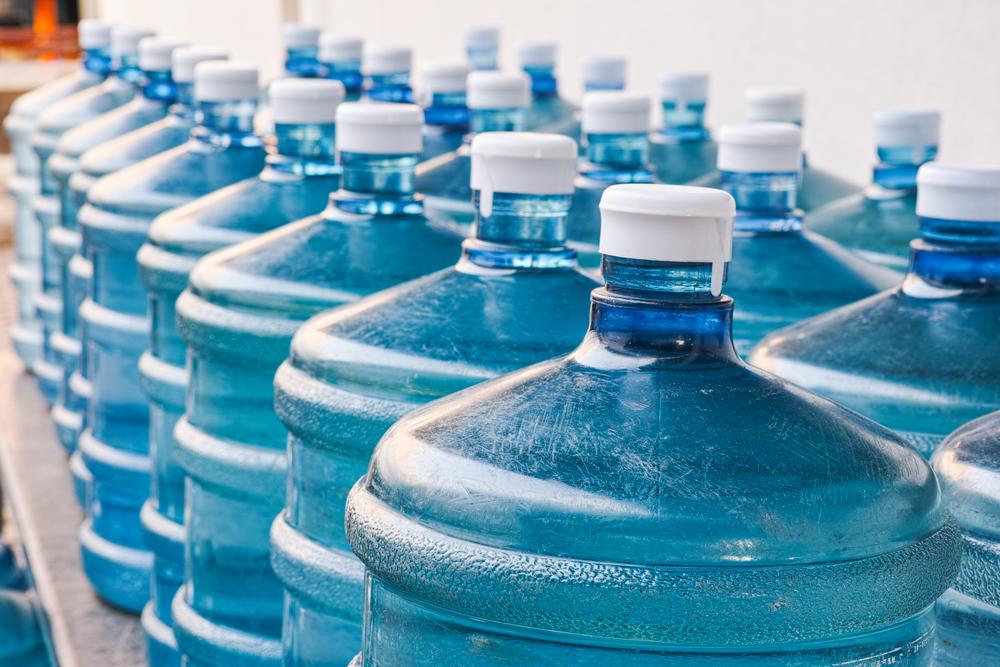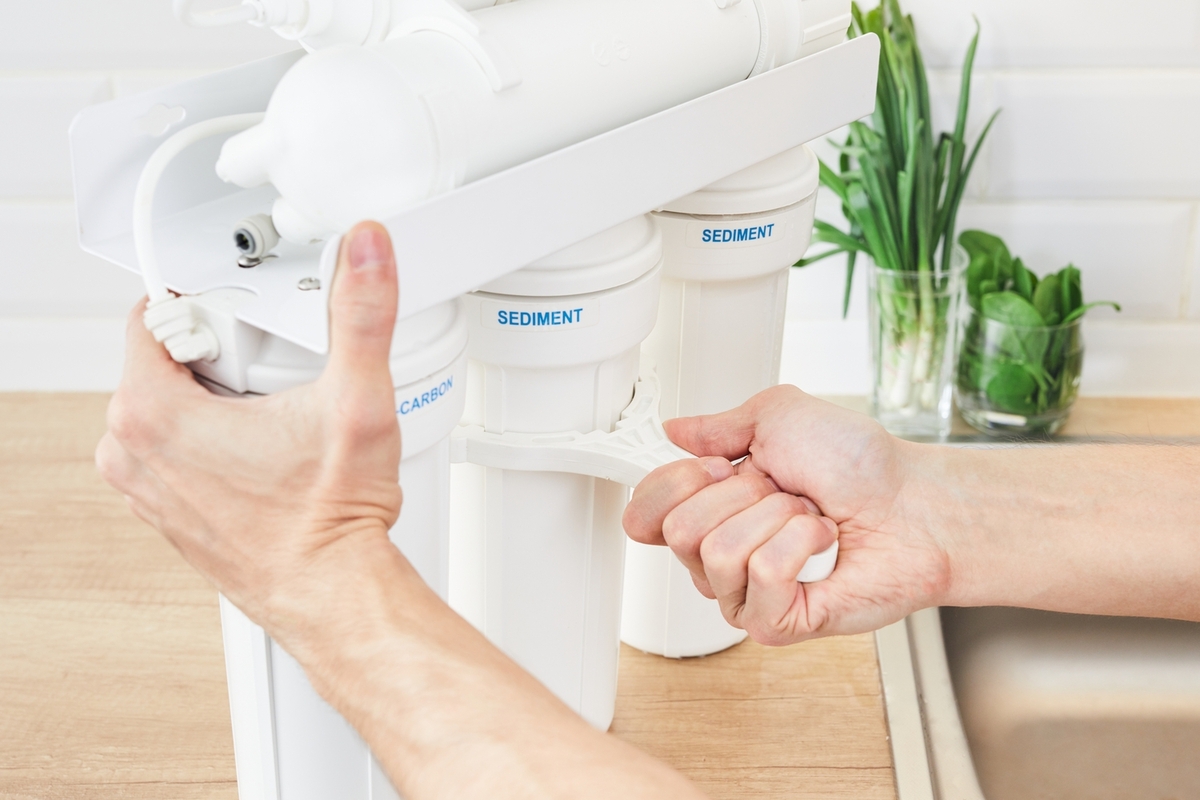Transforming Water Safety: The History and Future of Water Purification Technologies
This detailed exploration traces the history and advancement of water purification and delivery systems, highlighting innovative solutions that ensure safe drinking water amidst modern pollution challenges. Discover how technological progress continues to protect public health through improved filtration and treatment methods, from household devices to large-scale infrastructure.

Advancements in Water Delivery Systems and Purification Technologies
Access to clean, safe drinking water has been one of the most fundamental health challenges faced by societies throughout history. In the past, natural water sources like rivers, lakes, and springs provided uncontaminated water for communities. However, rapid urbanization, industrial growth, and environmental pollution have increasingly compromised these natural reservoirs, leading to severe health and sanitation issues worldwide. As a result, ensuring dependable access to pure water has become a critical priority for public health, governments, and private entities alike.
Historically, humans relied on natural sources of water that were relatively unpolluted, but as populations grew and pollution levels surged, these sources became unsafe for consumption. The rise of cities and industrial activities introduced a plethora of pollutants—heavy metals, pathogens, chemical toxins—that contaminated water supplies, causing widespread waterborne diseases like cholera, dysentery, and typhoid. In response, humanity has continuously innovated water treatment and delivery systems to safeguard public health.
The importance of clean water cannot be overstated, as it is essential for drinking, cooking, sanitation, and industrial processes. Yet, pollution presents ongoing threats—industrial runoff, agricultural chemicals, sewage discharges, and urban waste all contribute to deteriorating water quality. These contaminants pose significant health risks, including the spread of waterborne diseases, long-term health effects, and environmental degradation.
To combat this, technological advancements have emerged in the form of comprehensive water purification systems that range from simple household solutions to large-scale municipal treatment plants. These innovations aim to remove a wide spectrum of impurities—microorganisms, heavy metals, sediments, and chemical pollutants—ensuring the water is safe for human consumption and daily use.
Modern water treatment methods include physical filtration, chemical disinfection, biological treatments, and advanced membrane technologies such as reverse osmosis and UV sterilization. Each method is tailored to particular water sources and contamination levels, providing customized solutions that balance efficiency and cost-effectiveness.
Furthermore, portable water purifiers and point-of-use devices have gained popularity among consumers and travelers, offering reliable access to clean water even in remote or disaster-stricken areas. These compact systems typically combine multiple purification steps, including filtration and chemical disinfection, to ensure safety and convenience.
Government agencies, environmental organizations, and private companies play a vital role in developing and implementing water safety standards and infrastructure projects. Regular testing, monitoring, and upgrading of water systems are essential to maintain water quality and respond to emerging contaminants.
Consumers are advised to consult with water treatment professionals to assess their specific needs based on local water quality reports. Choosing the right purification technology can protect families from waterborne health risks and improve overall community health outcomes.
The evolution of water delivery and purification technologies signifies a continuous effort to ensure everyone has access to safe water. From basic boiling to sophisticated filtration, these innovations are crucial in safeguarding public health in an increasingly complex and polluted environment.
Water purification
Clean water delivery
Water treatment technology
Public health





